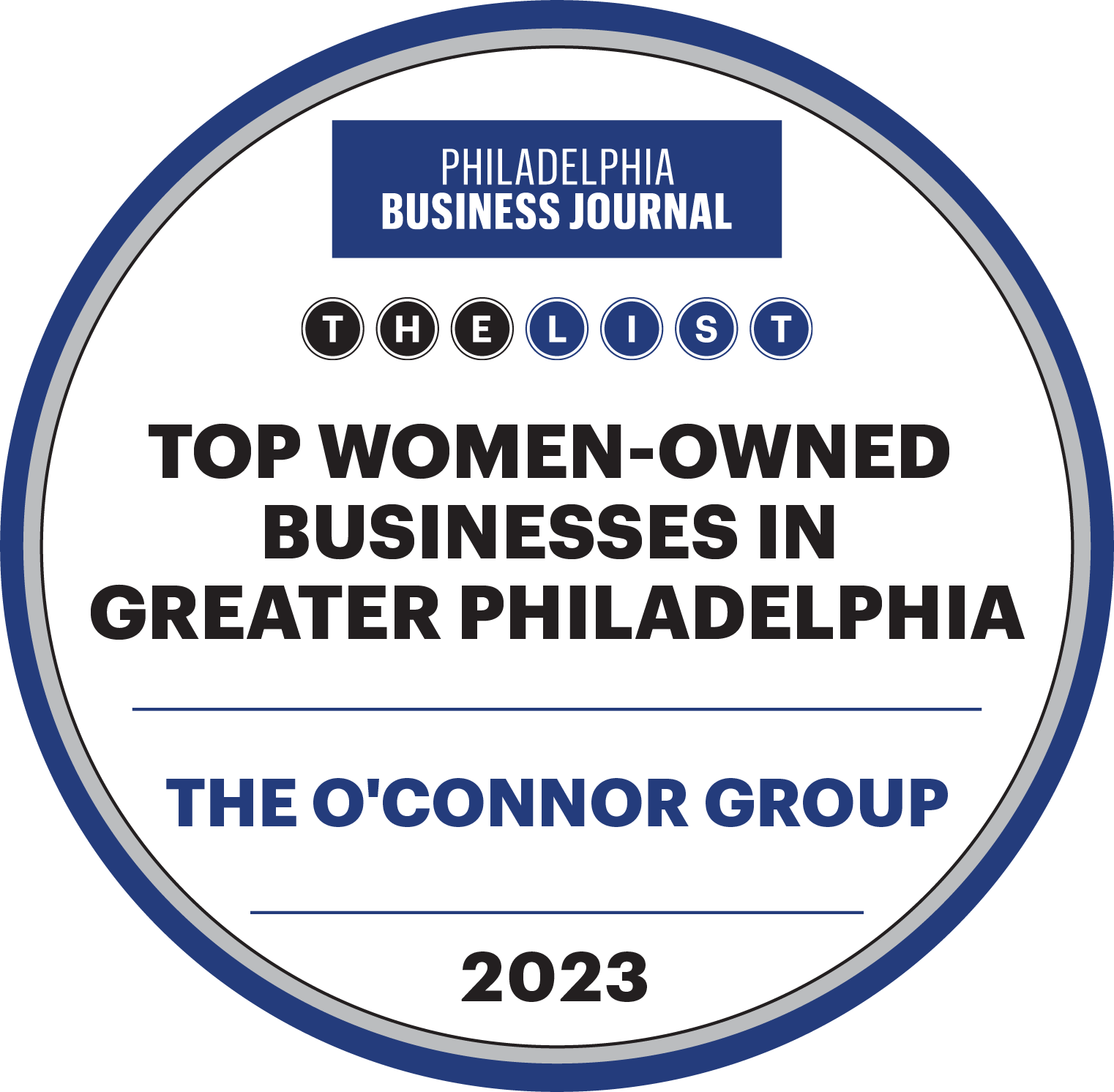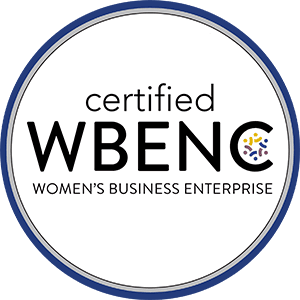How a Childhood Love for Building Blocks Sparked a Passion for Creating Learning Organizations
Sep 1st, 2022
When I was younger, I loved to play with blocks. I’d stack them one above the other to see how high my buildings grew. The game required diligence, patience, and concentration to prevent the blocks from falling.
I recently reached my 12th year anniversary working at The O’Connor Group, and I still play with blocks. Except my stacks are companies and my blocks represent the human talent they desire to form its organization. As an outsider, I’ve been granted the opportunity to see things not readily visible to those within their organizations.
The Top-Heavy Organization
A common structure I’ve been witnessing is the evolution of the top-heavy organization. These firms lean unsteadily and wait for a slight change in external circumstances in the hopes of not losing ground. They hire only those that fit their current needs. They hire individuals that will hit the ground running and require little training and time away from an already overworked staff. The candidates arrive in search of greener pastures to the top-heavy organizations but are ultimately working for larger salaries to do the same work they did before.
The Jenga Organization
In the game of Jenga, someone builds a tall building while another player slides a block from the lower half of the building. Inevitably, the building topples, scattering blocks across the ground. Jenga organizations build high expectations while losing blocks from the root of its foundation. Initially, the structural weaknesses are unnoticeable, but as time continues the holes at the bottom start to cause the tower to erode. At the loosening of its own structure, the organization is slowly weathering away its fundamental talent.
The Elephant in the Room
Corporations insist that turnover is normal, and that there isn’t time to train talent to allow them more mobility within its organization. Exit interviews reveal a different picture, stating that many employees leave due to lack of growth. A talent monitor survey mentions that “40% of departing employees were dissatisfied with the lack of future career development” (Greenwood, Workstars). The pandemic exacerbated the need for CEOs to limit budgets and salvage profit margins. Stretched thin, the C-Suite is coerced to avoid the elephant in the room: Training people to keep them. “How can we possibly have the time?” they state, “We don’t have the budget for a training department.”
Enter the Learning Organization
The key is for organizations not to focus on “Training Programs” but rather to strategize a structure for a “Learning Organization” (HBR.org). What’s the difference? Training Programs spoon feed employees and traps managers into corporate indentured servitude. Conversations become questions, “What would you like to do at this company? What training do you think you need? Did you take your training that was assigned this month?” Training becomes an exhausting exercise to assimilate employees into a corporate culture while burdening management.
Alternatively, a Learning Organization is a mindset. Every action and every initiative ties to an overall learning objective. Learning is interwoven within the inner fabric of the organization and every person shares a piece of the “learning vision”. A learning organization hires people who have demonstrated the willingness to learn and/or the desire to mentor. A learning organization refuses to hold meetings to accomplish a task, rather they use the forum to share ideas, innovate solutions, and create mentoring opportunities. Learning organizations are too wise to invest in training programs as they realize that one size does not fit all. They empower their managers to ignite passion in their team to pursue higher learning opportunities within the team while promoting the understanding that each individual employee has the strength and ability to control their destiny within the company.
The learning organization is intertwined with a resilient yet flexible thread that binds its building blocks together. It teaches their staff effective strategies to seek growth opportunities within their own organization and provides effective roadmaps that employees can utilize to reach their goals. They’ve traded in their instruction manuals on processes with guidelines on “how to be a better learner” or “adaptation strategies” within a corporate environment with everchanging needs. Constant learning mitigates the need for employees to search elsewhere for higher levels of professional satisfaction. Learning organizations prove that a culture can be the tie that binds its talent together while growing its organizations towards future and ultimate success.







